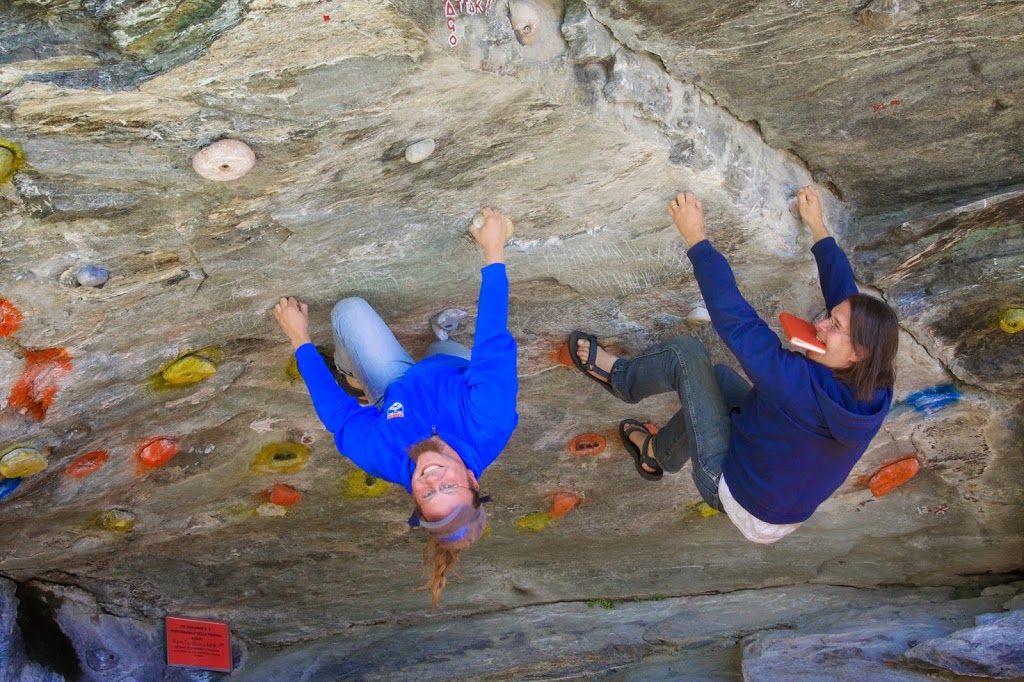 |
| Geologists working very hard as we do. |
One of the many reasons I love the Alps is because one can transect the entire crust from
fiamme-bearing ignimbrites at Crevacuore to …
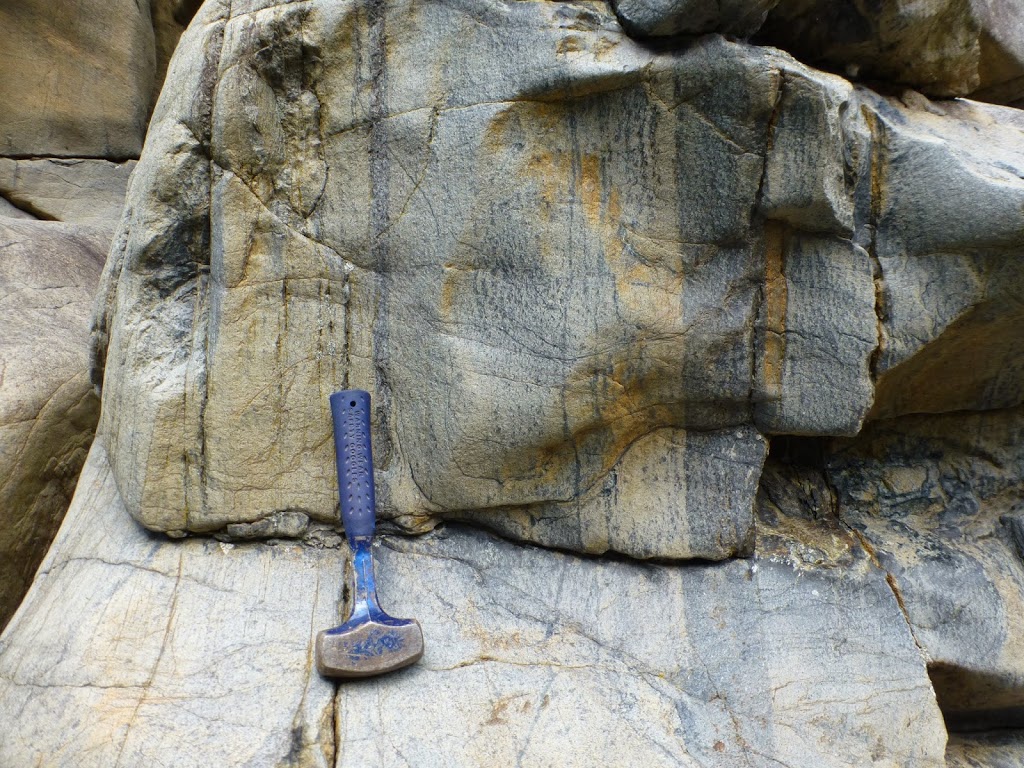 |
| … the mantle as seen here near Balmuccia where fresh peridotite is intruded by peroxenite dikes. |
The Balmuccia Peridotite is located up the Val Sesia of the central Italian Alps. It is an elongated, NNE-trending lens of peridotite with localized serpentinization along brittle Alpine faults. On the eastern edge, the peridotite is in igneous contact with the Balmuccia Mafic Complex comprised predominately of gabbros and transitioning upsection to diorites, granites and their eruptive equivalents. This basal contact provides a very important locality to observe the petrological Moho, although technically this lens of peridotite is interfingered with the high-grade metasediments of the Kinzigite Formation. It is argued that the Balmuccia Peridotite is the best exposed peridotites in the world. The dominant rock-type is chromite-bearing lherzolite (± clinopyroxene).
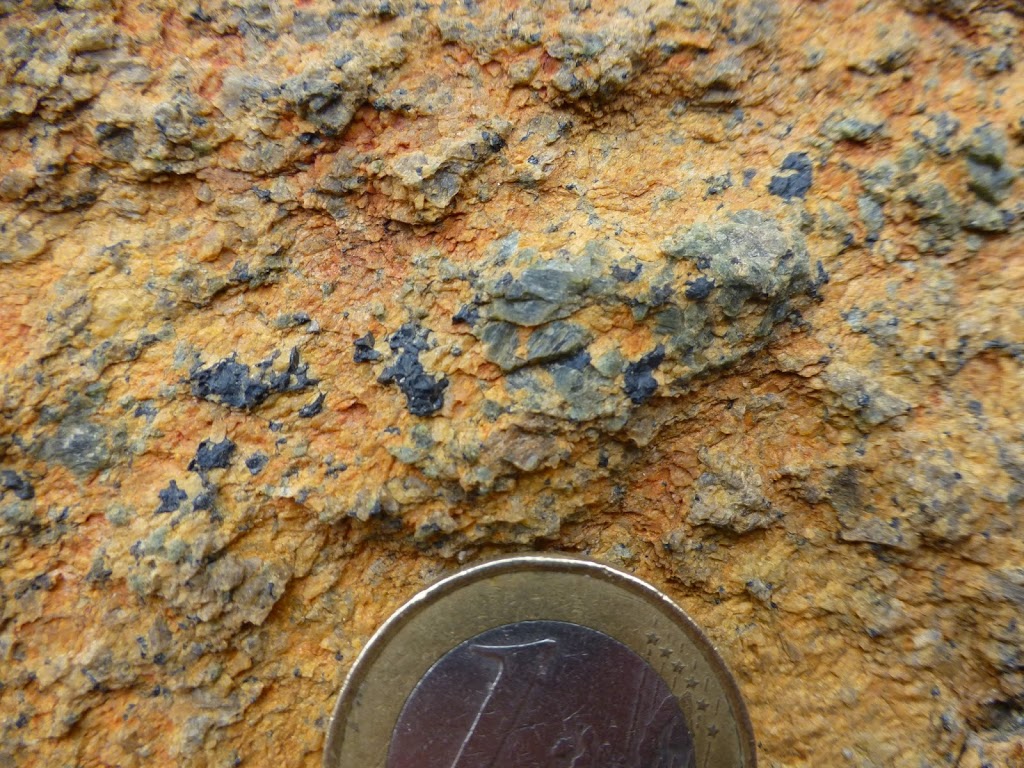 |
| Chromite (black) and clinopyroxene (green) in an olivine (‘dun’ colored as in dunite) matrix |
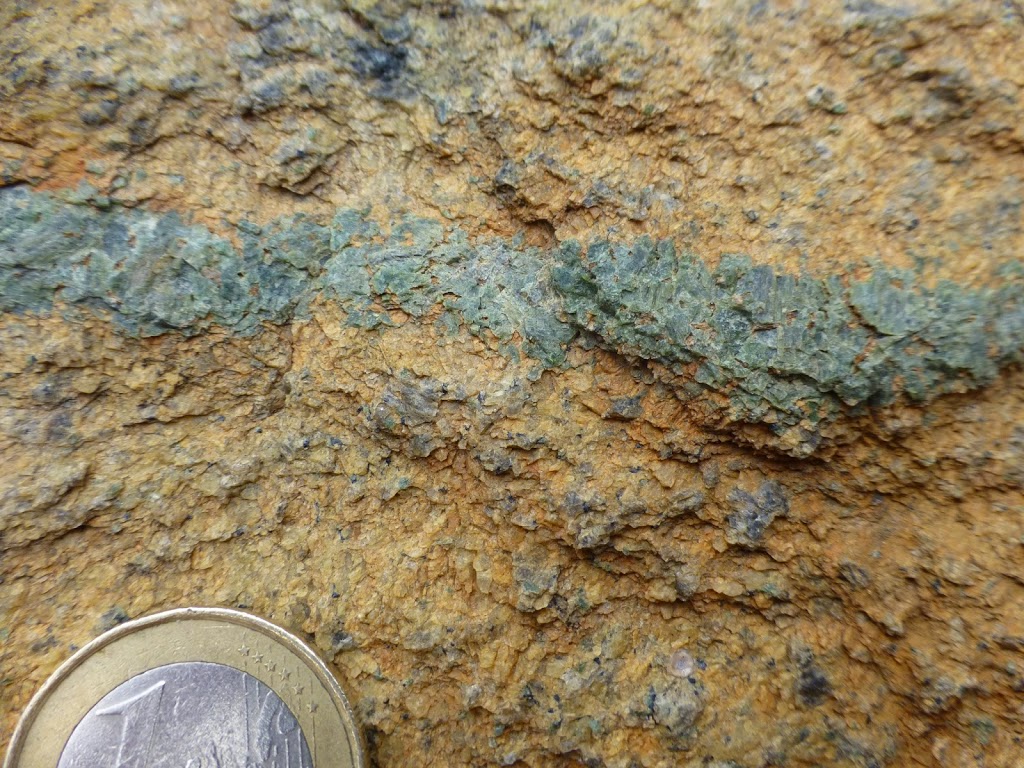 |
| Clinopyroxene vien |
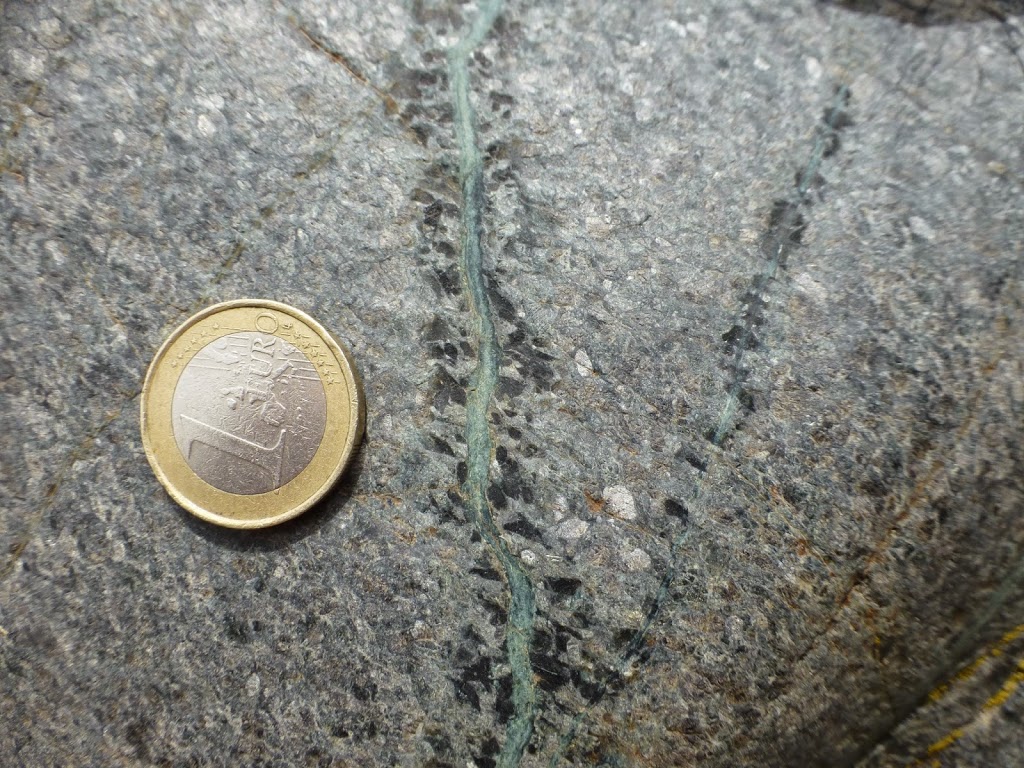 |
| Fresh pyroxenite (gray) altering to serpentine (green-blue) along a fracture forming a magnetite (black) halo. |
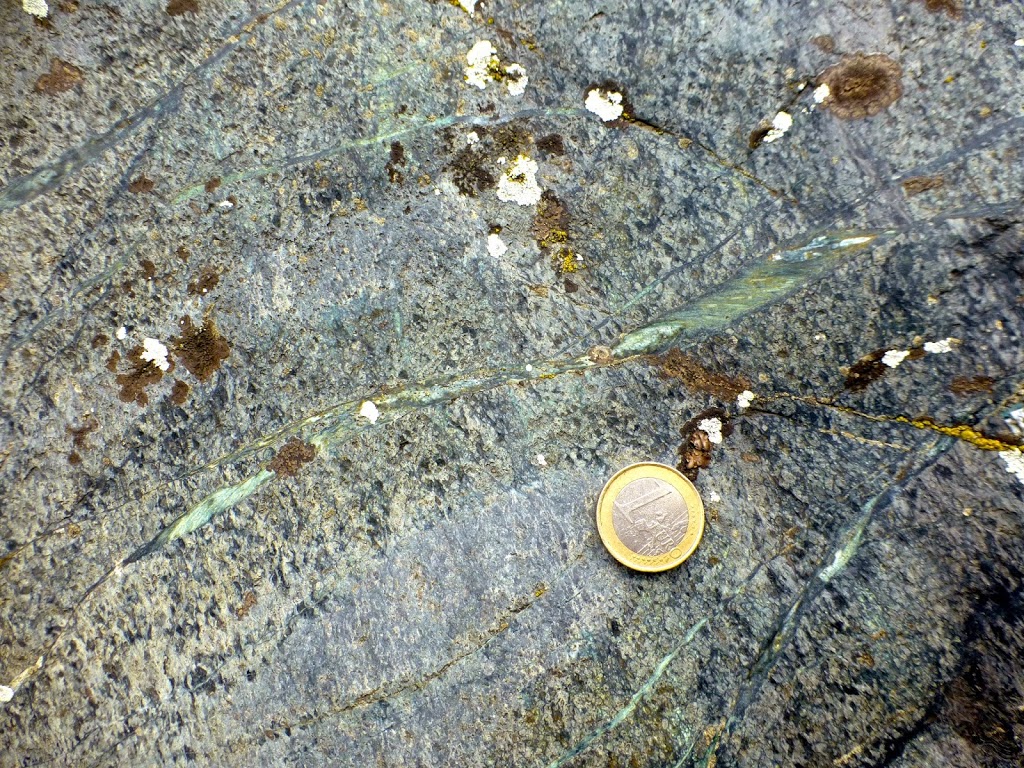 |
| Oriented serpentine blades forming in fracture (void?). |
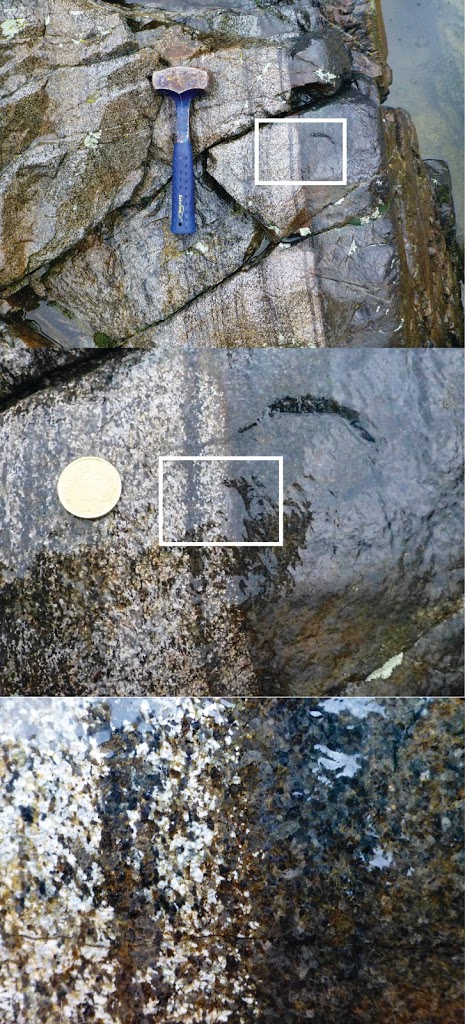 |
| Exposure of the primary contact between mantle peridotite and a basal portion of the Balmuccia Mafic Complex comprosed of a cumulus sequence of pyroxenite, clinopyroxenite and gabbro. |
Other reasons to visit the Alps (as if you needed more reasons):
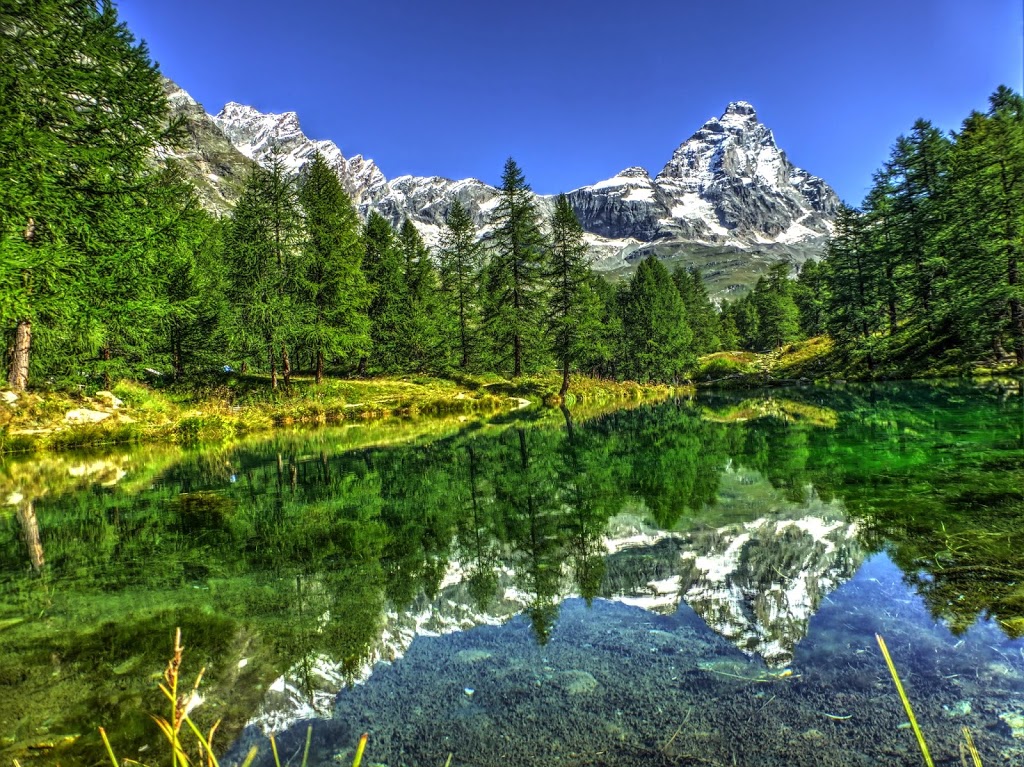 |
| Lago Blu |
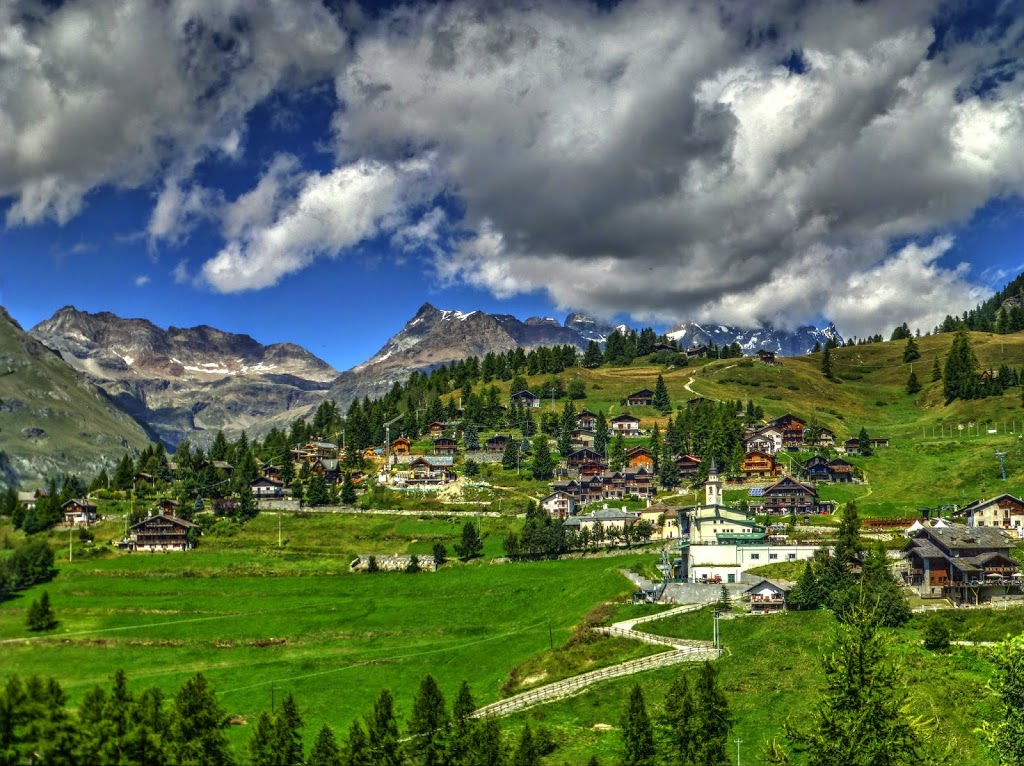 |
| Chamois |
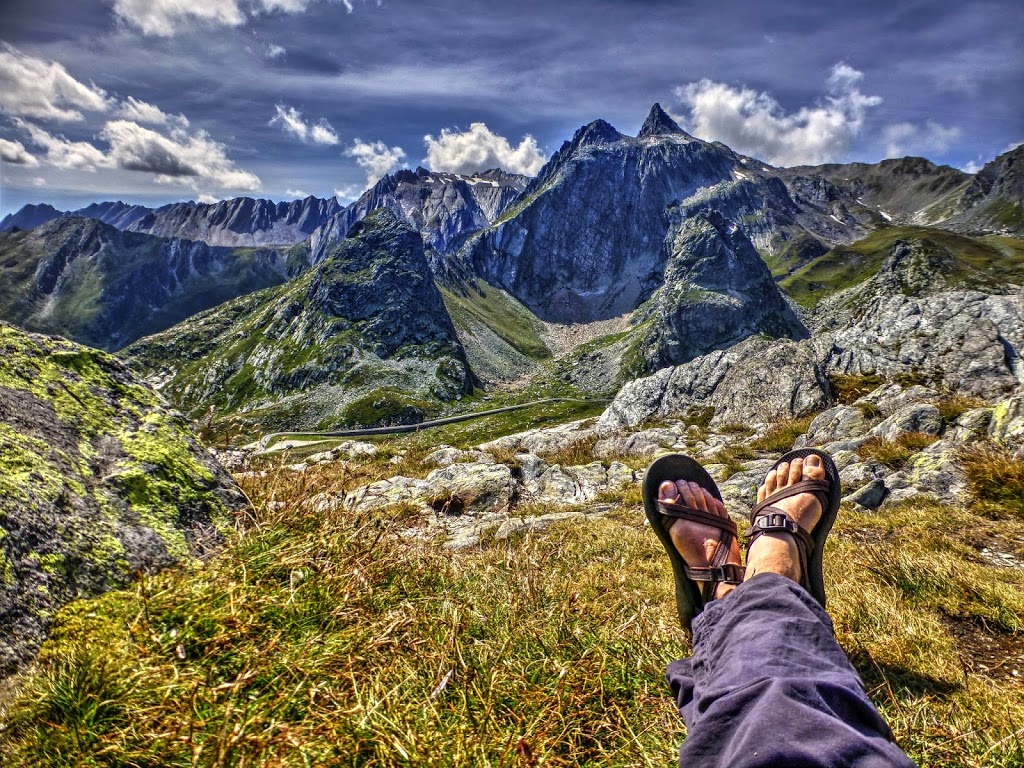 |
| Grand St Bernard Pass |
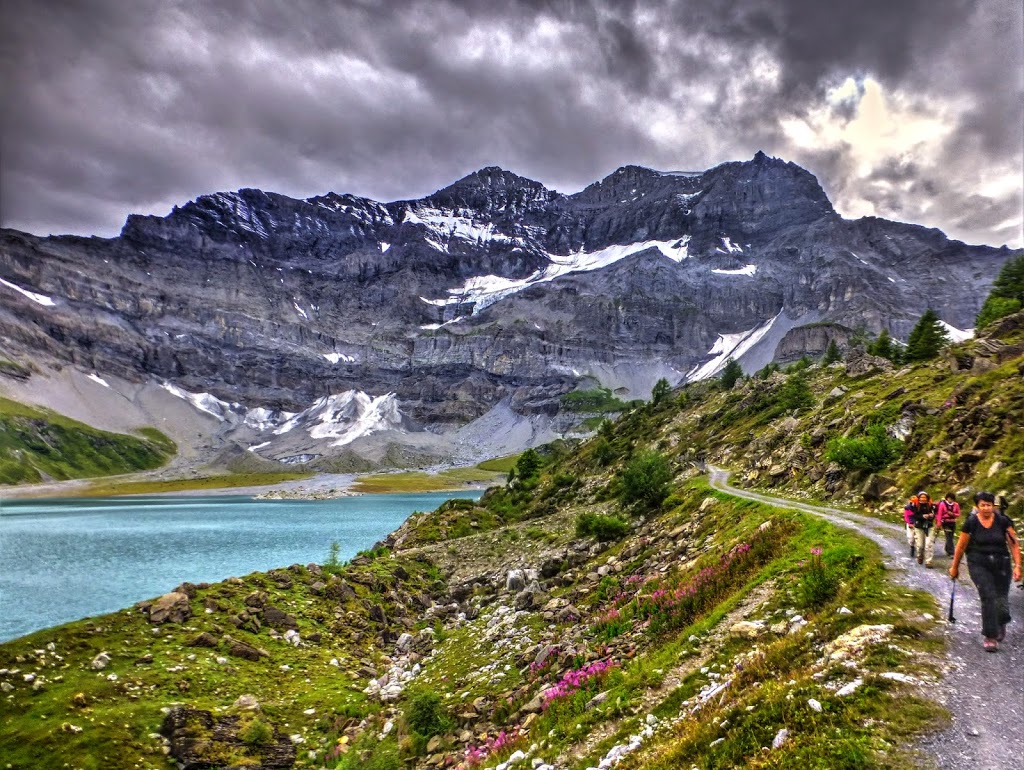 |
| Tour de Saliere and Salanfe Reservoir |
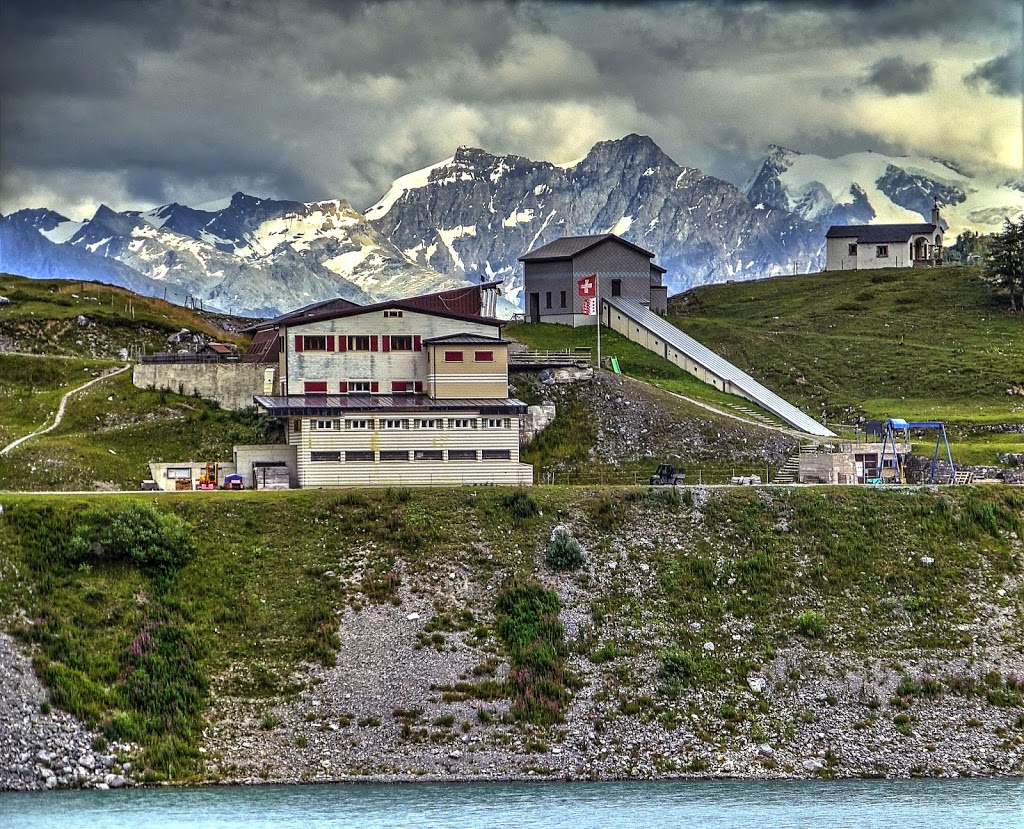 |
| Auberge de Salanfe |
![]() This work is licensed under a Creative Commons Attribution-NonCommercial-ShareAlike 4.0 International License.
This work is licensed under a Creative Commons Attribution-NonCommercial-ShareAlike 4.0 International License.

